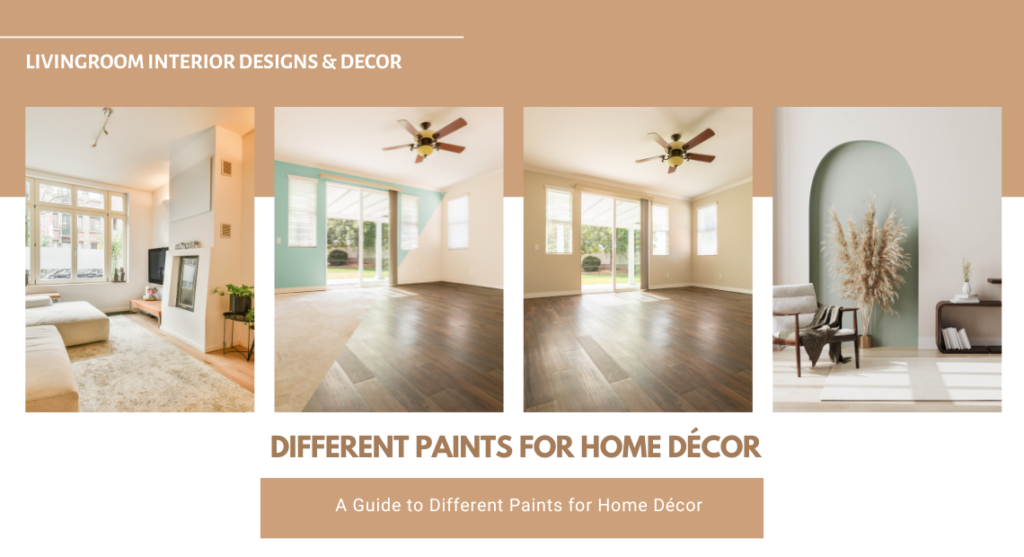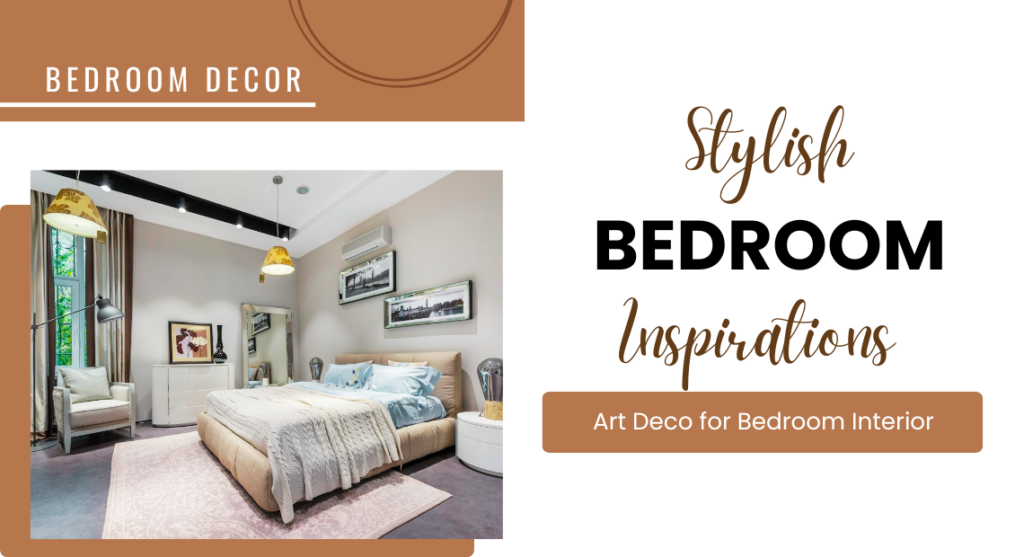When it comes to home décor, paint is one of the most impactful elements you can use to transform your space. Choosing the right type of paint can enhance your home’s aesthetic, protect surfaces, and even influence your mood. With a variety of options available, it’s essential to understand the different types of paint and their best applications. Here’s a comprehensive guide to help you navigate the world of paint for your home.
1. Types of Paint Finishes
Matte (Flat) Paint
Matte paint has a non-reflective finish, which means it absorbs light rather than reflecting it. This type is great for hiding imperfections on walls and ceilings.
Best For:
- Living rooms and bedrooms where a cozy, warm atmosphere is desired.
- Ceilings and walls with blemishes, as the matte finish helps camouflage flaws.
Pros:
- Elegant, soft look that can create a calming environment.
- Easy to touch up without visible brush strokes.
Cons:
- Less durable and harder to clean; may require frequent repainting.
- Can be more prone to scuffs, making it less suitable for high-traffic areas.
Eggshell Paint
Eggshell paint offers a slight sheen, resembling the surface of an eggshell. It balances durability with aesthetic appeal, making it a popular choice for various rooms.
Best For:
- High-traffic areas like hallways and family rooms, where moderate washability is important.
- Bedrooms and dining rooms that benefit from a subtle glow without being overly shiny.
Pros:
- Easier to clean than matte, making it practical for busy households.
- Provides a subtle glow that enhances color depth and richness.
Cons:
- Still less durable than satin and semi-gloss finishes; may not withstand scrubbing well.
Satin Paint
Satin paint has a soft sheen that is more reflective than eggshell. It is durable and can handle moisture well, making it suitable for a range of environments.
Best For:
- Kitchens and bathrooms, where moisture resistance is essential.
- Children’s rooms and play areas, where durability is needed against wear and tear.
Pros:
- Washable and stain-resistant, making it ideal for areas prone to spills.
- Offers a soft glow that can brighten up a room.
Cons:
- Can highlight imperfections on walls, so surface preparation is crucial.
Semi-Gloss Paint
Semi-gloss paint provides a noticeable shine and is very durable, making it suitable for surfaces that require frequent cleaning and a bit of shine.
Best For:
- Trim, moldings, and cabinetry, where a polished look is desirable.
- Bathrooms and kitchens, where moisture is present and ease of cleaning is essential.
Pros:
- Highly durable and easy to clean, making it practical for surfaces exposed to moisture and dirt.
- Reflects light, which can help make spaces appear larger and brighter.
Cons:
- May require more surface preparation to achieve a smooth finish; imperfections can show.
High-Gloss Paint
High-gloss paint offers a mirror-like finish that is extremely durable and easy to clean, making it ideal for high-use surfaces.
Best For:
- Furniture and cabinetry, where a striking finish can enhance design.
- Doors and trim in contemporary designs, giving a sleek, modern look.
Pros:
- Very durable and moisture-resistant, suitable for both interior and exterior applications.
- Reflects light beautifully, adding brightness and depth to a space.
Cons:
- Can show imperfections and require meticulous surface preparation to achieve the desired finish.
2. Types of Paint
Latex (Water-Based) Paint
Latex paint is water-based, making it easy to clean up with soap and water. It is popular for both interior and exterior applications due to its versatility.
Best For:
- Most interior walls and ceilings, where quick drying and ease of application are desired.
- Exterior siding and trim, as it can withstand weather conditions.
Pros:
- Dries quickly, allowing for faster project completion and less waiting time between coats.
- Low odor and low volatile organic compounds (VOCs) make it a healthier choice for indoor environments.
Cons:
- Not as durable as oil-based paint in some applications, especially in high-traffic or high-moisture areas.
Oil-Based Paint
Oil-based paint has a longer drying time and requires solvents for cleanup. It is known for its durability and rich finish, making it a classic choice for many applications.
Best For:
- High-traffic areas, trim, and furniture, where a strong, long-lasting finish is necessary.
- Metal surfaces that need a strong finish and protection against rust.
Pros:
- Provides a smooth, hard finish that resists scratches and stains effectively.
- Excellent for outdoor use on metal and wood, offering protection against the elements.
Cons:
- Longer drying time can delay project completion; usually takes several hours to dry to the touch.
- Stronger odor during application and cleanup requires solvents, which can be hazardous without proper ventilation.
Chalk Paint
Chalk paint has a matte finish and is popular for furniture and home décor projects. It creates a vintage, shabby-chic look that is highly sought after in DIY circles.
Best For:
- Furniture makeovers, especially for achieving a distressed or antique appearance.
- Decorative projects and craft items, where a soft, textured finish is desired.
Pros:
- Easy to apply and requires minimal prep work, making it user-friendly for beginners.
- Can be distressed for a rustic look, allowing for customization and creativity.
Cons:
- Less durable without a protective topcoat; often requires sealing with wax or polyurethane for added protection.
- May not adhere well to all surfaces without proper preparation.
Milk Paint
Milk paint is made from natural ingredients, making it an eco-friendly option. It can produce a rustic, matte finish and is often used for furniture.
Best For:
- Furniture and decorative items, particularly in homes with a vintage style.
- Walls in cottages or rustic settings, adding character and warmth.
Pros:
- Non-toxic and environmentally friendly, safe for indoor use.
- Unique, textured finish that adds depth and charm.
Cons:
- Requires mixing and can be less predictable in application; may need a bonding agent for best adhesion.
- Limited color selection compared to conventional paints.
Specialty Paints
Primer
Primer is essential for preparing surfaces before painting. It helps paint adhere better and can block stains or seal porous surfaces, ensuring a smooth and long-lasting finish.
Best For:
- New drywall, bare wood, or previously painted surfaces needing a refresh.
- Stained or damaged areas where a barrier is needed to prevent bleed-through.
Pros:
- Improves paint adhesion and finish quality, reducing the number of paint coats needed.
- Can enhance the color vibrancy of the topcoat and provide a uniform surface.
Cons:
- Not meant for use as a final coat; requires a topcoat for protection and appearance.
Textured Paint
Textured paints add dimension to walls and can hide imperfections while creating visual interest. They can be applied in various techniques to achieve unique finishes.
Best For:
- Accent walls or ceilings where a striking design element is desired.
- Areas that need to mask imperfections or provide a rustic look.
Pros:
- Can mask imperfections effectively, reducing the need for extensive surface preparation.
- Available in various finishes, from stucco-like textures to smoother effects.
Cons:
- Can be challenging to apply and may require special tools or techniques.
- Difficult to touch up or repaint, as texture can vary significantly.
Outdoor Paint
Designed to withstand weather conditions, outdoor paint is formulated to resist fading, mildew, and moisture, making it ideal for exterior surfaces.
Best For:
- Exterior surfaces such as siding, fences, and garden furniture.
- Areas exposed to the elements, including decks and patios.
Pros:
- Durable and long-lasting, providing protection from harsh weather conditions.
- Often contains additives to prevent mold and mildew growth, ensuring a clean appearance.
Cons:
- Often has a stronger odor during application, which can be problematic if used in enclosed spaces.
- Requires careful application to ensure it adheres properly to exterior surfaces.
Choosing the right paint for your home décor involves understanding the different types of finishes and paints available, as well as their intended uses. Whether you’re looking to create a cozy atmosphere with matte paint, a sleek modern look with high-gloss finishes, or a vintage touch with chalk paint, there’s a perfect option for every project. By considering the space, durability, and style you desire, you can make informed choices that will enhance your home’s beauty for years to come. With the right paint, your walls can reflect your personality, create a mood, and bring your vision to life.


